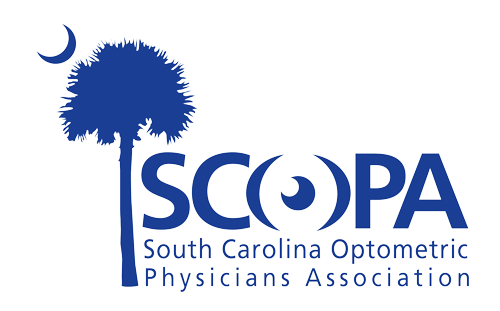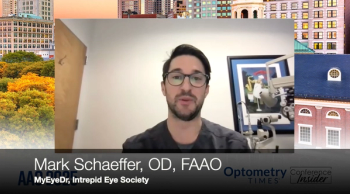
SCOPA 2022: A new look at AMD

Leo P. Semes, OD, FAAO, discusses his presentation on, "A new look at AMD," during the South Carolina Optometric Physicians Association's annual meeting.
Optometry Times®' Alex Delaney-Gesing speaks with Leo P. Semes, OD, FAAO, professor emeritus of optometry at the University of Alabama-Birmingham, on the highlights and key takeways from his discussion titled "A new look at AMD," presented during the 115th annual South Carolina Optometric Physicians Association (SCOPA) meeting in Hilton Head, South Carolina.
Editor's note: this transcript has been lightly edited for clarity.
Could you share a highlights version of your presentation?
One of the things about age-related macular degeneration (AMD) is that the focus is shifting—not has shifted but is shifting—from the emphasis on improving and maintaining vision in patients with wet AMD to patients with dry AMD. And it used to be that there was very little we could do for these patients, except to maybe recommend some low-vision training, or some adjunctive strategies.
And now there are some emerging treatments for these patients, which will help to minimize their progression. And just like with the early stages and early treatments for wet AMD, it's some strategies that are trying to just contain things and not necessarily improve vision.
But as I look at the horizon, there will probably be some treatment strategies that will not necessarily reverse, but maybe improve the dry AMD patient. So that's at one extreme of the AMD continuum.
And the other is, well, what do we do about patients who have early AMD. And there is now a wealth of material from the Age-Related Eye Disease study series— the most recent one, I think, was #30.
So there's a wealth of information there that practitioners can now incorporate into their patient discussions and recommend some dietary modifications and some lifestyle modifications that would be beneficial for the patient so that they don't reach the stage of vision loss that we see with either dry or AMD.
Why is this such an important topic of discussion?
For a couple of reasons, it's important: One is the fact that, with the aging population, the likelihood of developing AMD increases. So we see the ageing of the population. And as patients age, they don't necessarily become inactive.
So we want patients to be able to enjoy their later years and continue to be productive and have a lifestyle that's not impaired by vision loss.
What are the key takeaways you'd like attendees to learn?
Well, probably the biggest thing is for patients who have a history of AMD or are at risk because of environmental light exposure over the lifetime, patients who are smokers. And what we can do for those folks is to prevent some of the significant complications. And that's really, probably the biggest slice of the pie.
And then for patients who have experienced vision loss, what we can do to minimize those particular complications going forward and minimize their progression to more severe vision loss.
Newsletter
Want more insights like this? Subscribe to Optometry Times and get clinical pearls and practice tips delivered straight to your inbox.













































.png)


